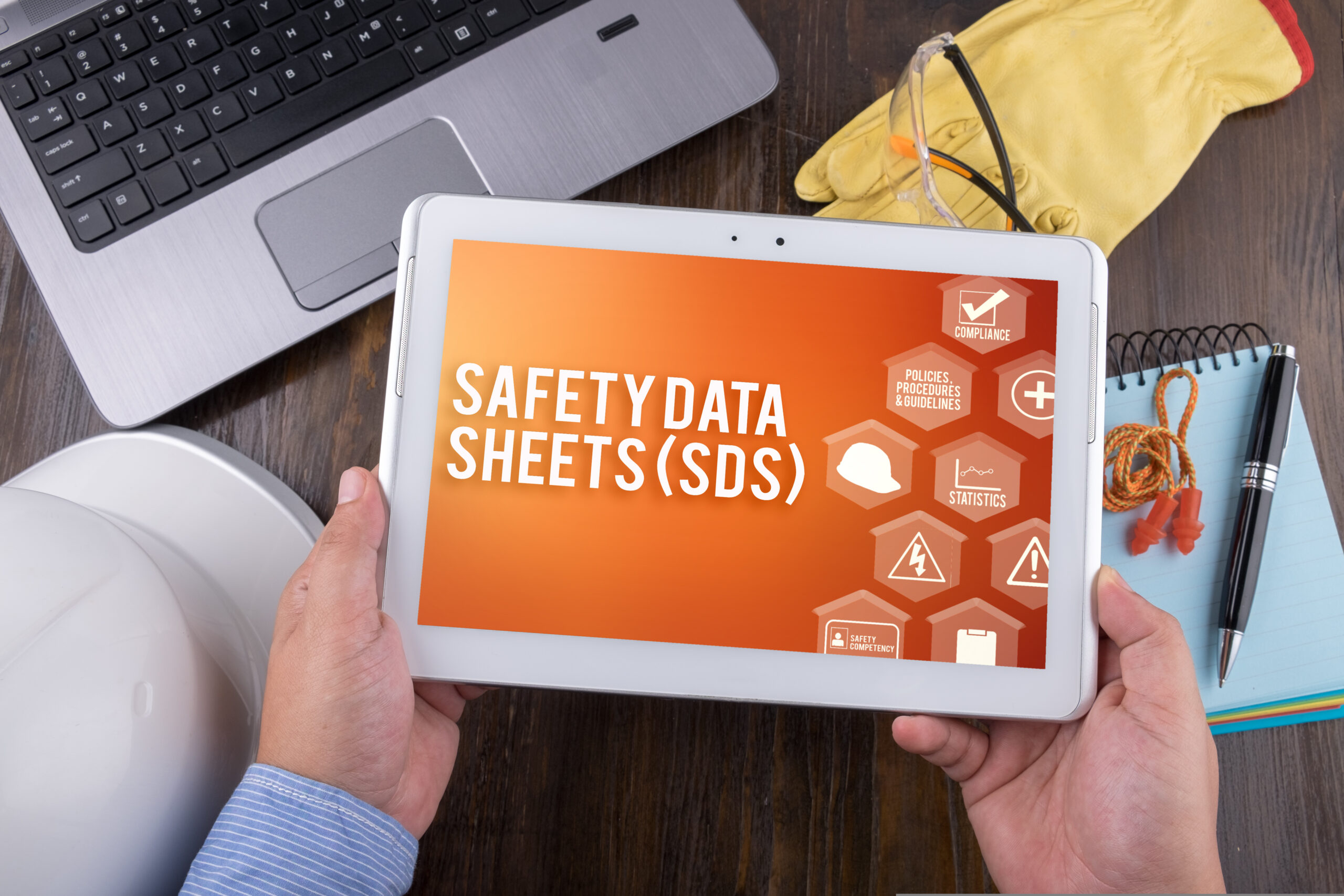The Community Right to Know Law (RTK) is implemented in New York City to protect residents, workers, and emergency responders against the accidental release of hazardous chemicals in communities. It does this by requiring facilities and businesses that store, use, and handle hazardous chemicals to report all chemicals’ identities, quantities, and storage locations annually. This article will serve as an overview of the kinds of facilities that should report, the regulated substances, and the specific requirements for RTK program reporting. Additionally, the fines for late filing will be covered and strategies to avoid such penalties will be offered.
What kind of facilities should report?
All owners and operators of facilities that store, use, and handle hazardous substances at or above their threshold reporting quantity (TRQ) must file a Tier II report each year with the New York City Department of Environmental Protection (DEP) by March 1. The scope of the types of facilities covered by the RTK is extensive, as the law stipulates that having a hazardous substance at the TRQ mandates a report for the following cycle. With this distinction, the types and sizes of the covered facility vary greatly.
The following list of businesses that generally have hazardous substances on site illustrates the variety of industries that can be affected by the RTK:
- Auto repair and body shops
- Bulk supply stores
- Dental clinics
- Funeral services
- Hospitals
- Laboratories
- Laundry and dry-cleaning services
What are the regulated substances?
The DEP maintains a list of hundreds of hazardous substances and their corresponding TRQ. The list also labels the federally defined extremely hazardous substances with their corresponding threshold planning quantity (TPQ). The chemicals are shown in their common names and Chemical Abstracts Service (CAS) number to guide users while filing.
In most cases, the chemicals on the list are only present as a component in a chemical mixture or product in a facility. For example, acetone, toluene, and xylene are all considered hazardous substances and are common chemical components of most thinners used in auto body shops. Perchloroethylene is a widely used dry-cleaning solvent and is also on the list.
Additionally, there is often no assigned CAS number for a particular mixture. If this is the case, to determine whether a facility exceeds the TRQ, those composing the report would need to check each in-stock product’s ingredient list to see if a regulated hazardous substance is present. If it is, then that product’s hazardous substance percent concentration would need to be multiplied by the total mass of the mixture, and that number would in turn be compared with the TRQ.
What are the reporting requirements?
RTK reporting requires the owner or operator of a facility to submit facility inventory forms (FIF) which contain all information about the regulated chemicals in the facility, including the CAS number, physical state, associated physical and health hazard, quantity, and storage locations. The quantity is expressed in codes that correspond to specific weight ranges that are used to determine filing fees.
The chemical storage locations must be accurately described in the FIF. Additionally, these descriptions must correspond with the attached Site Plan when submitted. The chemical storage containers must also be correctly labelled with the chemical name, CAS number, and hazard warning associated with the chemical. Safety data sheets (SDS) are required to be submitted for each reportable chemical at a facility. With an accurate CAS number, SDS can typically be found with an online search.
If a facility has an extremely hazardous or regulated toxic substance at or above the TPQ, a Risk Management Plan (RMP) must be submitted with the FIF. The RMP should systematically define:
- the risks associated with handling such chemicals,
- preventive measures to mitigate harm to personnel and the surrounding community,
- and emergency plans.
Submission of these requirements can be made online with the Tier II Online Filing System or by mailing hard copies to the DEP.
How much are the fines?
The RTK Program prescribes, upon conviction, a penalty of paying up to $1,000 or serving a 1-year prison sentence (or both) for FIF and RMP filing errors. These punishments can apply to knowingly or recklessly filed erroneous reports. A notice of violation can also be submitted for late filing of completed FIF and RMP, a failure to submit SDS, or improper labelling of hazardous substances during inspections. The fines for each notice violation are as follows:
- First violation: $250 – $2,500
- Second violation: $1,750 – $5,000
- Subsequent violations: $3,750 – $10,000
To avoid paying these hefty fines, it is essential to remember to complete and file the RTK compliance documents before the March 1st deadline every year. In this regard, chemicals management software can help users keep track of all hazardous chemicals a facility has in its inventory. The seamless integration of SDS every time a chemical is added to a chemical management system with an electronic SDS library also makes its compilation an easier task. Lastly, automated notifications that alert users whenever a set threshold quantity is reached can help facilities track the chemicals that need to be reported.
The RTK program addresses the risks associated with handling hazardous chemicals in New York City by regulating facilities and businesses that have an active inventory of such substances. The program requires thorough documentation of these chemicals’ nature, storage locations, and quantities. While the list of hazardous chemicals is long and keeping up with documentary requirements is challenging, tapping into a chemical management software can make the task substantially lighter. Through the yearly submission of inventory reports and site and risk management plans, everyone, from facility personnel to the emergency responder, is informed on how to act accordingly in cases of emergency.
Sources
- CAS. (2023). CAS Registry and CAS registry number FAQs. https://www.cas.org/support/documentation/chemical-substances/faqs
- NYC Environmental Protection. (2023). The Community Right-to-Know Program. https://www.nyc.gov/site/dep/about/community-right-to-know-program.page#:~:text=The%20Community%20Right%2Dto%2DKnow%20Program%20uses%20an%20online%20reporting,is%20March%201%20every%20year.
- NYC Environmental Protection. (2015, December). Community Right-to-Know: List of Hazardous Substances. https://www.nyc.gov/assets/dep/downloads/pdf/about/community-right-to-know/community-right-to-know-list-of-hazardous-substances.pdf
- Occupational Safety and Health Administration. (n.d.). Dry Cleaning. United States Department of Labor. https://www.osha.gov/dry-cleaning
- Solvents & Petroleum Service, Inc. (2015).Solvents, Thinners & Cleaners. https://www.solventsandpetroleum.com/solvents-thinners-cleaners.html
Publisher Bio
The SafetyStratus Research Advisory Group (RAG) brings together thought leaders from the global environmental, health, and safety community to promote best practices and provide key insights in the profession and the industries they serve. The Research Advisory Group also advocates, where practical, the intersection of and advances with the use of technology, such as the SafetyStratus enterprise EHS software platform. Group membership consists of representatives from across varied disciplines and market sectors as well as select members of the SafetyStratus team.
The primary objectives of the SafetyStratus RAG partnership are to:
- Build a strategic partnership between EHS practitioners and the SafetyStratus team.
- Provide engaging and practical content to the global EHS community.
- Provide discipline and market feedback specific to SafetyStratus products and services.
While the objectives of the RAG are varied, the primary public-facing outcome will be available through engaging and practical content found on the SafetyStratus resource pages. Various articles, papers, and other valuable resources will be produced and shared as part of an ongoing effort to cultivate a robust community. Ultimately, the SafetyStratus RAG will expand to have a broader reach and provide opportunities for more inclusion by all interested EHS professionals in a collaborative community environment.



